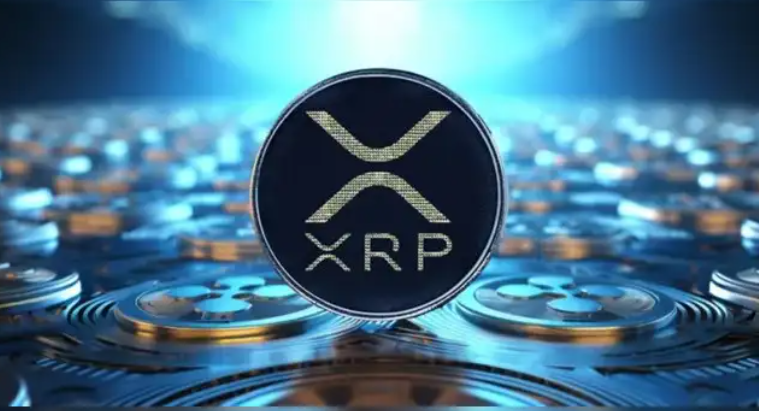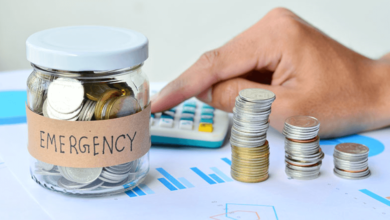What Is the True Value of XRP price? A Look at Price Determinants

XRP, the digital asset developed by Ripple Labs, has been a significant player in the world of cryptocurrencies, attracting attention from investors, financial institutions, and regulators alike. But the true value of XRP remains a topic of debate. While its market price fluctuates daily, understanding the factors that influence the XRP Price is crucial for both new and experienced investors. This article explores the key determinants that contribute to the value of XRP.
1. The Role of Ripple Labs and Its Technology
At the core of XRP’s value lies Ripple Labs, the company behind the cryptocurrency. Ripple aims to revolutionize the global financial system by enabling faster, cheaper, and more efficient cross-border payments. XRP price serves as a bridge currency for financial institutions that use Ripple’s payment protocol, making it essential in facilitating transactions across different currencies.
The XRP price is often tied to the adoption of Ripple’s technology by banks and financial institutions. As Ripple continues to expand its network and increase the volume of cross-border transactions using XRP, demand for the token could rise, potentially driving up its price.
2. Market Demand and Supply Dynamics
Like any financial asset, the price of XRP is heavily influenced by market demand and supply dynamics. When there is increased demand for XRP, perhaps due to its adoption by more financial institutions or positive news surrounding Ripple, the price tends to rise. Conversely, when there is a decrease in demand, such as when regulatory concerns arise, the price of XRP may fall.
The total supply of XRP also plays a role. Unlike Bitcoin, which has a fixed supply of 21 million coins, XRP has a maximum supply of 100 billion tokens, many of which are held by Ripple Labs. This concentrated supply can affect the liquidity and price of XRP, especially if Ripple decides to release a large number of tokens onto the market.
3. Regulatory Environment
One of the most significant factors impacting XRP price is its regulatory status. XRP has faced legal challenges, particularly in the United States, where the U.S. Securities and Exchange Commission (SEC) filed a lawsuit against Ripple Labs, alleging that the token was an unregistered security. The outcome of this lawsuit has had a considerable impact on XRP’s price, causing volatility in the market.
The broader regulatory environment in other regions, including Europe and Asia, also plays a role. Clear regulatory guidelines that define XRP’s status as a digital asset or a security will help reduce uncertainty and may drive more institutional investment into the token, potentially increasing its value.
4. Market Sentiment and Media Coverage
Market sentiment, driven by news, social media, and broader economic factors, can significantly affect XRP’s price. Positive media coverage or partnerships with major financial institutions can lead to increased optimism and drive up the price. On the other hand, negative news, such as legal troubles or security breaches, can result in a sell-off, lowering the price.
Investor sentiment and the general mood surrounding the cryptocurrency market as a whole also play a critical role. During periods of bullish market sentiment, investors may be more likely to buy XRP, pushing its price higher. Conversely, during market downturns, investors may pull back, leading to price decreases. For investors tracking XRP price and other trending crypto prices such as SHIB to USD, understanding these market dynamics helps in making informed decisions about when market conditions might favor growth opportunities across different digital assets.
5. Technological Developments and Upgrades
Technological advancements and upgrades to the XRP network can also influence its price. Ripple Labs continues to improve the scalability, speed, and security of its payment protocol. Any technological innovations that enhance the usability and efficiency of XRP as a bridge currency may increase its adoption and, consequently, its value.
In addition, competition from other blockchain projects offering similar services—such as Stellar (XLM) or SWIFT GPI—can affect the XRP price. The success of Ripple in maintaining a competitive edge in the digital payments sector will influence the token’s market position and price.
6. Liquidity and Market Makers
Liquidity is another essential factor in determining the price of XRP. Higher liquidity means that there are more buyers and sellers in the market, which helps stabilize the price. Ripple Labs has worked with several market makers to ensure the liquidity of XRP on exchanges, which has, in turn, helped support its price.
However, market makers’ activities, such as placing large buy or sell orders, can also cause significant price fluctuations. A sudden influx of large buy orders can increase XRP’s price, while substantial sell orders can depress it.
7. Investor Behavior and Speculation
Investor behavior, driven by speculation, is a common feature of the cryptocurrency market. Many investors view XRP as a speculative asset and trade it based on short-term price movements. Speculation surrounding XRP, especially during periods of uncertainty or major announcements from Ripple Labs, can drive large price swings.
The rise of XRP’s price can sometimes be fueled by FOMO (fear of missing out), where traders rush to buy the token, expecting it to increase in value. However, this behavior can also lead to rapid corrections if the market sentiment shifts or if speculators decide to cash out.
8. Partnerships and Collaborations
Ripple has established several high-profile partnerships with global financial institutions, including Santander, American Express, and PNC. These partnerships play a pivotal role in increasing the legitimacy and adoption of XRP in the global financial ecosystem. Each new partnership or use case for XRP can positively affect its value by enhancing its real-world utility.
Additionally, Ripple’s ongoing efforts to collaborate with central banks and financial authorities to explore central bank digital currencies (CBDCs) could further cement XRP’s role in the digital payments landscape, potentially leading to greater demand and higher XRP prices.
Conclusion: The True Value of XRP
The true value of XRP is multifaceted and influenced by various factors, including technological developments, market demand, regulatory concerns, investor behavior, and the strategic direction of Ripple Labs. While its price is volatile, XRP’s long-term value will likely depend on its ability to establish itself as a leading digital asset for cross-border payments and its continued adoption by financial institutions.
Understanding these price determinants is crucial for anyone interested in investing in XRP. By keeping a close eye on Ripple’s developments, regulatory shifts, and broader market trends, investors can make more informed decisions about the true value of XRP.




